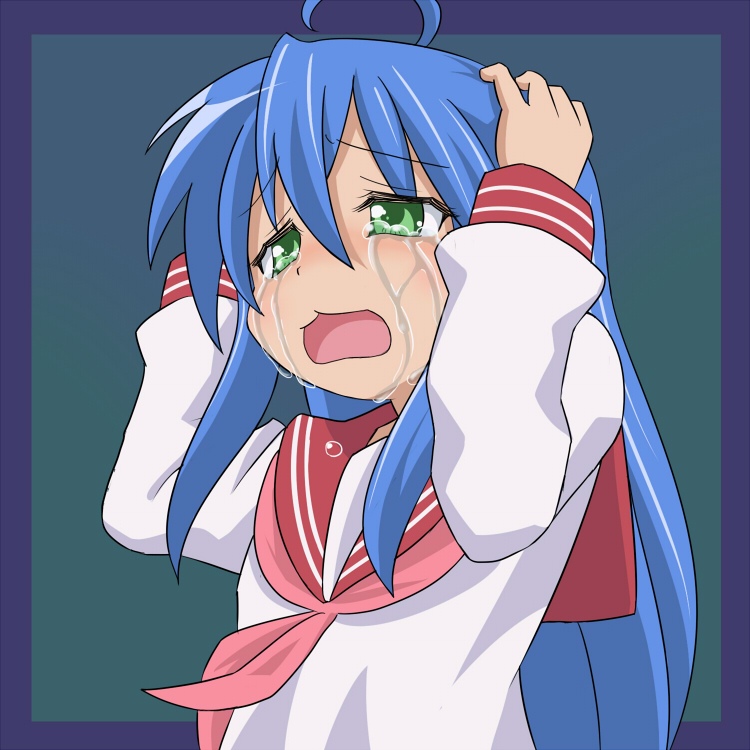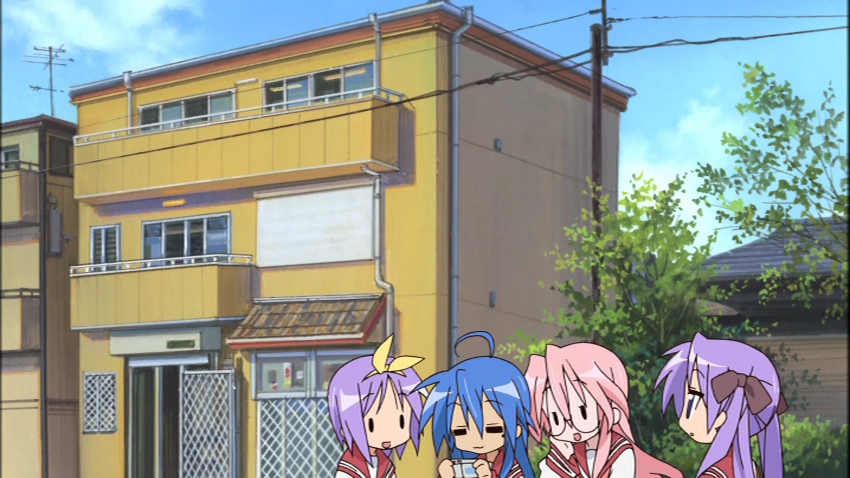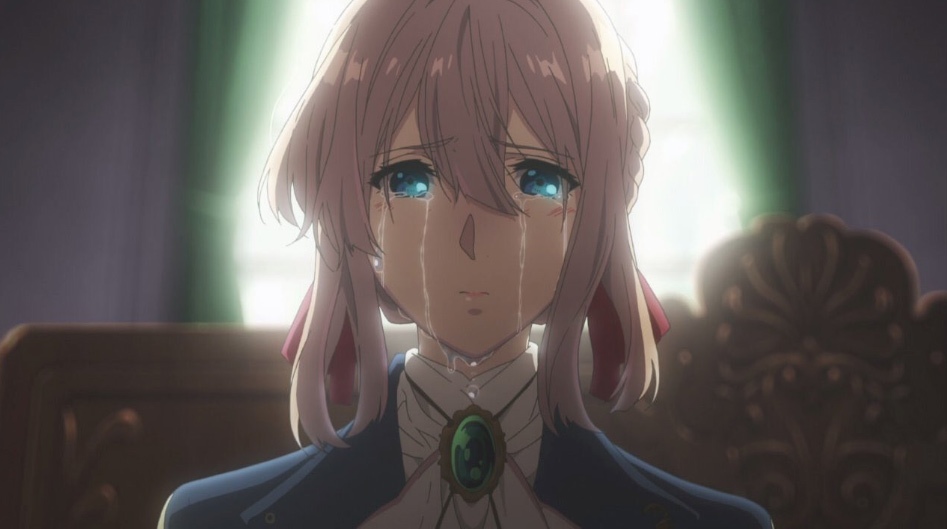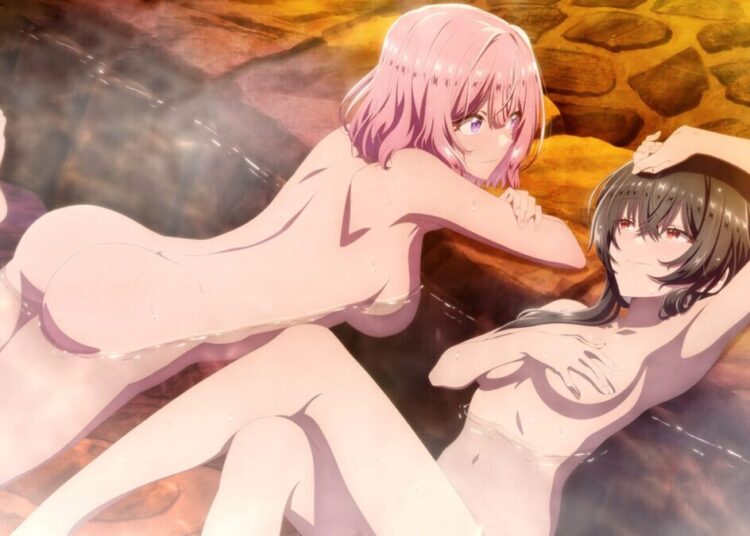
One Year Since the Kyoto Animation Arson Attack
Today, July 18th, marks the first anniversary of the terrible arson attack on Kyoto Animation’s main animation studio by a deranged man, causing a fire that claimed the lives of 36 talented animators, directors and other staff members and injured 33 others. A quiet private ceremony was held today allowing family members and staff to mark the occasion, attended by 100 relatives of the victims and other company staffers. A somber speech marking the event was given by Kyoani president Hideaki Hatta, while the news media kept a respectful distance.
In a touching message on their Youtube channel, Kyoani says
Now, one year later, the daily moment-by-moment of our lives has changed so much, it’s enough to make us feel dizzy. Each of us will never be able to forget the sadness of that day, the pointless anger, and the deep regret we all feel, yet have no useful outlet to release it through.
What we can do today.
That is to connect ourselves to the future. To never forget our friends and colleagues, and to challenge ourselves to continue to make works of art that can never be forgotten. We will never veer from this goal.
Forward, forward.
For the next ten years, the next hundred years, and on, into the future. Kyoto Animation will continue to walk forward.
Happier memories of visiting The Kyoto Animation building is seen on fire in Kyoto’s Fushimi Ward on July 18, 2019. (Mainichi/Naohiro Yamada) #kyoani #kyotoanimation https://t.co/Du5cZpkYbv
— J-LIST (@jlist) July 18, 2019
As a card-carrying fan of Kyoto Animation, loving all their works over the years and even making a pilgrimage to the company’s animation studio in 2018, this has been a very hard event for me to cover. I’ve walked up “Haruhi Hill” to visit North High School and even visited the holiest of Holy Lands in anime, the K-On! music room. To think that some of the incredible hands that minds that created these and other works we all love are no longer in this world is beyond unthinkable.
People like Shoko Ikeda, who did character design and art direction for The Melancholy of Haruhi Suzumiya, K-On!, and Hibike! Euphonium. And Junichi Uda, a key animator for Hyouka and Nichijou. And Mikiko Watanabe, art director for Amagi Brilliant Park. And Yuka Kasama, just 22 years old, who had finally achieved her life’s dream of being hired as a professional animator and who had finally had a few cuts of her work be finalized in the Free! Iwatobi Swim Club anime.

The Kyoto Arson Attack
Last year the main offices of Kyoto Animation were attacked by Shinji Aoba, who brought a large container of gasoline inside the building and started splashing it on employees before igniting the fuel, creating an explosion. The man blamed Kyoani for rejecting a novel he’d submitted to them then using “similar characters and story settings” in their own works. Someone, probably Aoba, had made 200 death threats to the company and its employees. Kyoto police had investigated the threats and increased patrols in the area, but clearly did not take the situation as seriously as they should have. Kyoto Animation had no security systems in place at all.

What Will Happen to The Kyoani Arsonist?
The Japanese legal system can be confusing. When fans saw that Shinji Aoba had been treated for the burns he received during his attack and that he was only recently arrested for the arson-murders, they might be confused at the slow actions of Japan’s police, but they are going slow and building the case so they can attain the conviction they need. During the process, Aoba-yogisha — a name suffix meaning “suspect,” used by the media to refer to someone who’s been officially arrested for a crime — will receive excellent legal representation as well as medical care, and his human rights will be meticulously protected. He’s currently undergoing psychiatric evaluation to see if he’s mentally fit to stand trial.
The justice system in Japan is based on the idea of 反省 hansei, or reflection, and the ultimate goal — and the reason Japanese police can be a little overzealous in always trying to extract confessions from anyone accused of a crime — is because confessing is believed to be the first step in rehabilitation. If found guilty, Aoba will likely receive the death sentence, which in Japan means sitting alone in a cell, reflecting on what he did, probably for around ten years while any appeals work through the Japanese court system.
Then one day, with just a couple of hours of warning, he’ll be told that Today is the Day. And then he’ll be executed, which in Japan means hanging, without any family members or press in attendance.
I don’t think anyone in the world will miss him.














